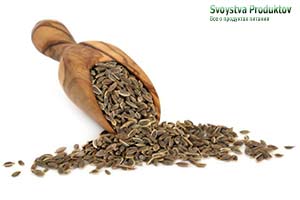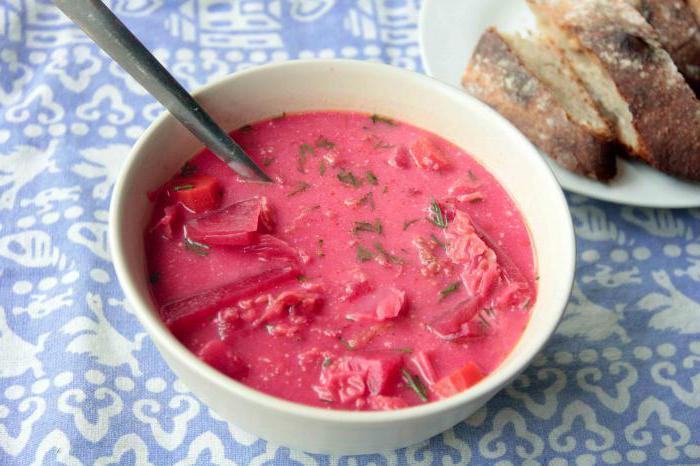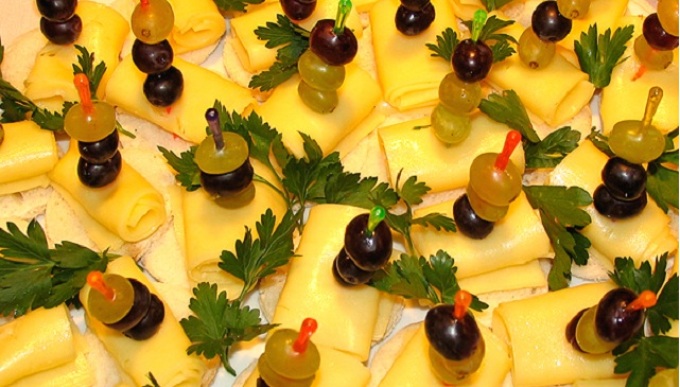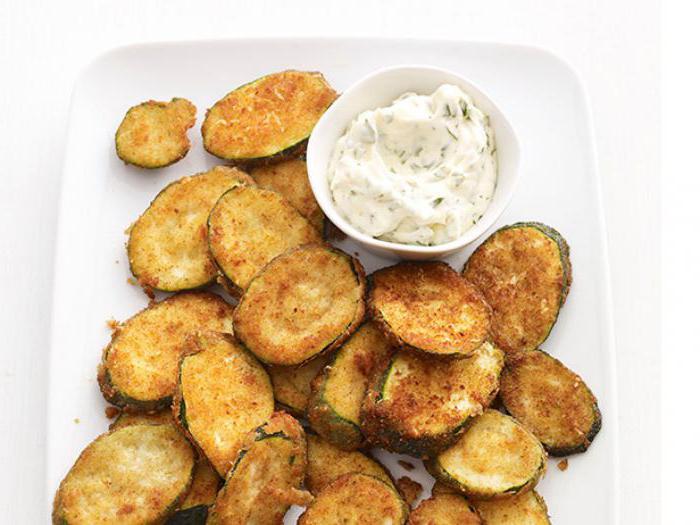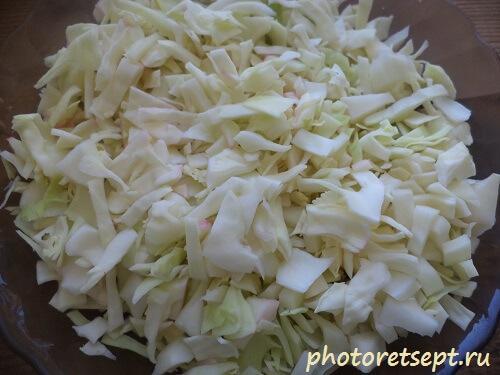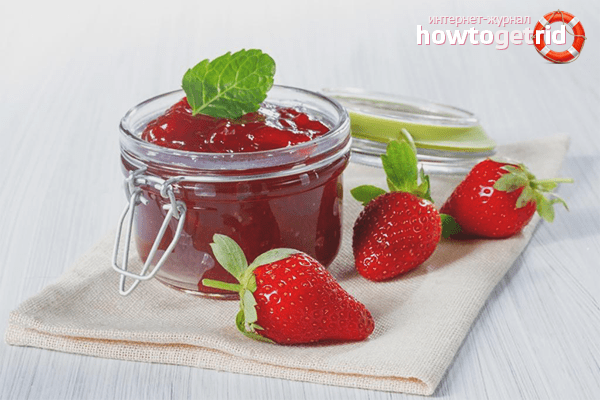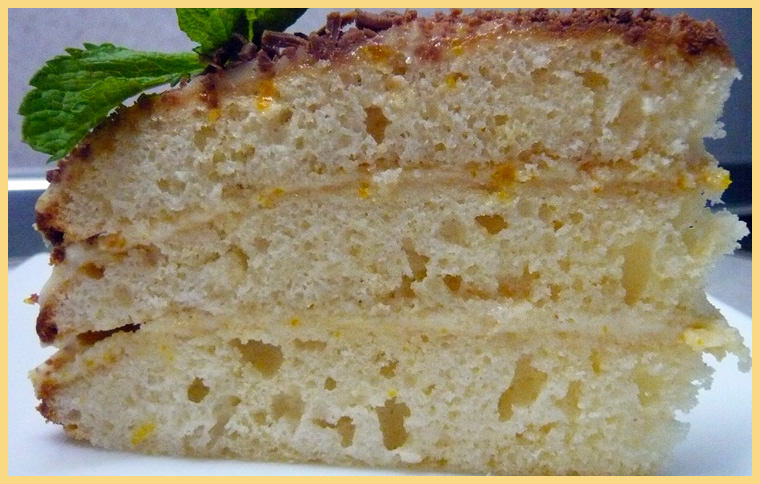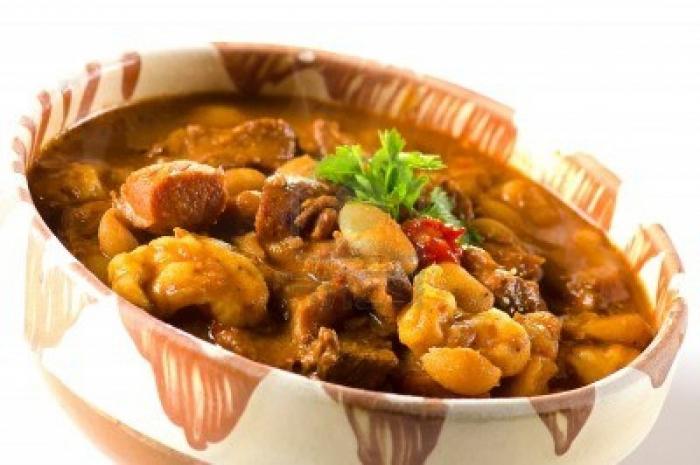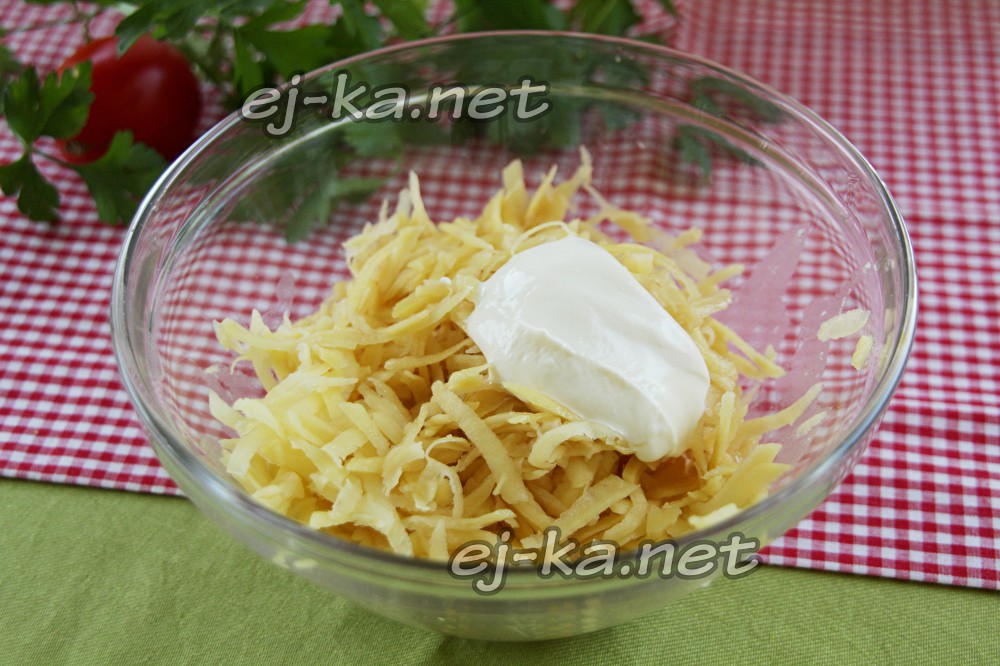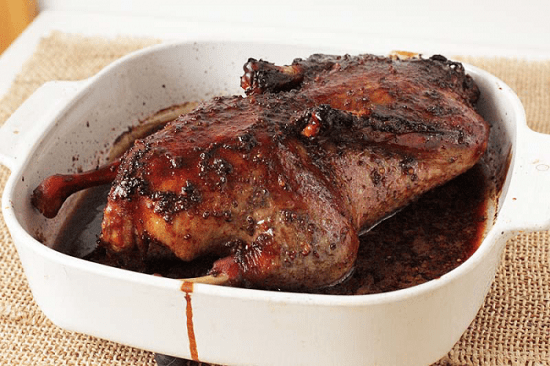What is Armagnac and what is different. The difference between Armagnac and brandy
Armagnac - strong alcoholic drink, which is produced by distillation. Traditionally, it is made in the French province of Gascony.
This is an amazingly fragrant amber-colored drink (see photo). The taste of Armagnac is rich, the drink has a long finish with hints of wood.
Armagnac got its name from the name of the knight Herreman. It is believed that Herreman was the first in the Gascon lands to learn about the distillation method.
Armagnac is considered to be originally a French drink, but historically it originated at the junction of three cultures. Vineyards in France were planted by the Romans, the Celts brought oak barrels, and the Arabs invented distillery barrels, without which the drink simply would not be Armagnac.
Drink history
On the map, the area where Armagnac is made resembles a grape leaf. The grape fields of this geographical area have always been famous for their good harvest. Scientists have discovered mosaics depicting grapes dating back to Roman times.
 At first, Armagnac was called not so much a grape drink as grape alcohol. The first prototype of the modern drink began to sell freely in 1461. In the international market, Armagnac began to appear in the 16th century.
At first, Armagnac was called not so much a grape drink as grape alcohol. The first prototype of the modern drink began to sell freely in 1461. In the international market, Armagnac began to appear in the 16th century.
In the 17th century, France mainly exported wines to Holland, and only Bordeaux wines were shipped to England. Wine makers from Bordeaux once closed the waterway for wines produced in other regions. This prohibition did not apply to other drinks besides wines, so the winemakers from Gascony decided to distill their products, getting grape brandy. The drink sold well, but its quality left much to be desired. The final product largely depended on the quality of the crop, which somewhat complicated its production technology.
Winemakers decided to send the remains of spirits for storage in oak barrels. They were surprised to see that after aging the drink not only did not spoil, but also acquired new characteristics. So Armagnac appeared with a special taste, smell, and beautiful color.
A good drink has a pronounced aroma, in which you can highlight different tones.
Production of Armagnac over time improved. In 1890, a turning point came in its history, as, indeed, in the history of all French drinks. The fact is that world-famous vineyards perished, infected with phylloxera. This disease managed to destroy most of the French grapes. After the epidemic, phylloxera was produced of very poor quality, besides, it sold poorly, which negatively affected its reputation.
Only at the beginning of the twentieth century the production of Armagnac became interested at the state level. In 1909, the beverage production area was determined.
Armagnac on the international market is called a drink made in France in the regions of the Upper and Lower Armagnac, as well as Tenarez.
In 1936, the characteristics of the production of this drink were described, it was made in the specified regions from white grapes grown there using one of two technologies.
What is different from brandy?
Armagnac as well as brandy, belongs to the class of grape brandy. It differs from cognac in that its production includes much more than three grapes. For its preparation using about 10 varieties of grapes, whereas for brandy will be enough just 1 grade. therefore armagnac is more fragrant.
Distill it, unlike cognac, in one stage.

Also, some differences are observed in the process of aging: Armagnac is aged first in new and then in old oak barrels. Due to the different aging methods, beverages are obtained with different tannin content. Armagnac maintain an advantage in Gascon oak barrels, while brandy - in Limousin oak barrels.
Armagnac is a drink of the aristocracy, it symbolizes luxury and speaks of the good taste of its fans.
This is the only French alcohol, on the label of which you can indicate the year of harvest.
What is it made from?
According to the technology for the production of the drink using grapes such varieties:
1. Uni Blanc - it is ideal for making Armagnac, wines, brandy. This is due to the fact that the grapes are resistant to fungi. Most of Armagnac (about 75%) is made from it.
2. Fol Blanche - it is from this grape variety that Armagnac was first obtained. A modern drink is increasingly produced from the Uni-Blanc variety, which, unfortunately, produces less aromatic and less mild alcohols. In general, the Folle Blanche variety began to be used in smaller quantities because of the epidemic of phylloxera: it is very vulnerable to the effects of black rot.

3. Colombar - the original French grapes. The advantage of this variety is its high resistance to adverse conditions.
4. Bako Blanc - he was named after his discoverer - Maurice Bako. Grow it in the west of France, it gives great harvests. Suitable for the production of grape brandy. Bako Blanc was obtained by crossing European varieties, as well as the American hybrid. He was supposed to compensate for the loss of most of the Foll Blanche landings as a result of the epidemic.
In order to get Armagnac, grapes are harvested in November. Then the young wine is distilled, getting a drink with a pronounced aroma. Maintain it consistently in new and old oak barrels to get a drink with the desired tannin content. In new barrels it is kept for about 6 months. In old barrels, the drink loses its strength, but it acquires a special color and velvety taste. In them it can be maintained up to 50 years. Boards of which the barrels are made are dried in the open air for 5 years.
Types of Armagnac
There are several types of this drink, traditionally distinguished:

The difference between Armagnac from other alcohol is that the producer indicates the aging of the drink only if it is a mixture of several alcohols. For example, a drink that says " Armagnac»Made from alcohols of 3 appellasonov.
Since 1999, the drink can be divided into:
- Vieilarmagnac - a drink that falls into the category of "old Armagnac", it can withstand at least six years.
- Vintage - a drink created without blend, or "vintage Armagnac."
- Blanched’ armagnac - grape alcohol without aging, it is also often called “white Armagnac”.
A special kind of this drink is Armagnac Millezim. This concept denotes a special expensive type of drink, which is produced from the grapes of the best harvest.
Useful properties and treatment
Useful properties of Armagnac due to its composition.
Initially, the drink was used as a drug. Vital Dufour at one time even described the 40 beneficial properties of Armagnac. Small doses of drink contribute to the prolongation of youth, as well as maintaining clarity of mind. It was also believed that Armagnac, like other alcoholic beverages, reduces toothache and also disinfects the oral cavity.
How to drink?
Armagnac reveals its taste when using tulip glasses.
In order to fully enjoy the taste of the drink, first you need to give it a little rest. After Armagnac poured into a glass, it should be left for 15 minutes and then drink. Before you take a sip of this grape brandy, you must inhale its aroma through the nose. This technique will allow you to maximize the subtle exquisite taste of Armagnac. Experienced tasters thus accurately determine its quality. Drink drink slowly, long delaying in the mouth. After Armagnac is drunk, it is considered good form to hold the glass a little more in your hand and inhale the remaining scent.

If desired, Armagnac can be combined with champagne and orange juice. Soften the taste of the drink will help chocolate, as well as desserts. It also goes well with cigars. It is drunk both as an aperitif and as a digestif.
Gourmets insist that this drink should be drunk with chocolate, fruit or coffee.
Amazing aroma of Armagnac favorably distinguishes it from the world-famous cognac.
Use in cooking
In cooking, Armagnac is used to prepare various dishes. He can easily replace brandy in some recipes. It is successfully used for impregnation of biscuits, as well as for the preparation of meat dishes. Armagnac will help diversify recipes for salads, as well as meat.
 For example, you can cook parisian steak. For the preparation of this famous French dish we need beef tenderloin, 50 ml of Armagnac, olive oil, spices. The meat is cut into portions, fried until cooked in olive oil. Next, fry a small amount of onion. The main component of this dish is a special sauce. It is prepared from 50 ml of Armagnac and 3 tbsp. l olive oil. Ready beefsteak sprinkled with fried onions and poured over fragrant sauce.
For example, you can cook parisian steak. For the preparation of this famous French dish we need beef tenderloin, 50 ml of Armagnac, olive oil, spices. The meat is cut into portions, fried until cooked in olive oil. Next, fry a small amount of onion. The main component of this dish is a special sauce. It is prepared from 50 ml of Armagnac and 3 tbsp. l olive oil. Ready beefsteak sprinkled with fried onions and poured over fragrant sauce.
Drink perfectly with the dishes of French cuisine. It can be served with foie gras, seafood, poultry, duck, as well as some types of cheese.
The benefits of Armagnac
The benefits of this drink has long been known folk medicine.
Armagnac can be used to disinfect wounds, as well as to ease the pain of gout.
Scientists conducted a series of studies and concluded that Armagnac contains a large amount of tannins, which are considered powerful antioxidants. Tannins perfectly protect the body from the action of free radicals.

Armagnac is an excellent tool for the prevention of cardiovascular diseases.
The harm of Armagnac and contraindications
Harm to the body can cause a drink with individual intolerance, as well as excessive consumption. Armagnac is contraindicated to use for pregnant and lactating women, children.
They say that the French gave the world brandy, and left themselves Armagnac and did not lose. These two alcoholic drinks are very similar, but far from identical. On the differences of cognac and armagnac will be discussed further.
Armagnac (Armagnac)- This is a strong (40-50 degrees) alcoholic drink belonging to the brandy class. Produced from wine spirits in the French province of Gascony. For its distillation, special distillation apparatuses with layered heating plates are used (in the figure). There are seven flavors of Armagnac: pepper, prune, vanilla, peach, violet, linden and hazelnut.
 Distillation apparatus for Armagnac
Distillation apparatus for Armagnac Differences from Armagnac to cognac:
- different grape varieties;
- discrepancies in the methods of distillation (Armagnac - single or continuous distillation, brandy produced by the method of double distillation);
- fortress (cognac contains 40% alcohol, Armagnac - from 40% to 50%);
- armagnac is made from grapes of the harvest of one year (millezimny drink), brandy - in most cases, from grape varieties grown in different years (blend drink);
- cognac and Armagnac are aged in barrels of different oak species, the aging period of Armagnac is usually longer;
- with the same aging Armagnac better and more expensive brandy.
The taste of an unprepared person is very difficult to distinguish between these drinks. Armagnac has a richer taste, but only experienced tasters with trained receptors can understand this. Buying Armagnac is meaningful only to those who are well versed in expensive cognacs and want to try something new.
 Cognac and Armagnac have the same color
Cognac and Armagnac have the same color How to drink armagnac
Only in its pure form. Due to the instability of the aromatic bouquet it can not be diluted and mixed with other drinks. Armagnac is poured into a regular brandy glass, and then heated with warm hands.
Slightly warmed Armagnac reveals its aromatic bouquet and unique flavor. Drink Armagnac in small sips without a snack.
Armagnac is the oldest French brandy, which got its name from the historical district in the Gascony region in the south of the country. Originally used by the Dutch as a stabilizing additive to wine, Armagnac began to be used as an independent beverage around 1730.
Region of Origin
Armagnac production area is divided into three subregions (appellasona), each of which has a unique microclimate and soil characteristics:
- Baz-Armagnac
- Aramaniac-Tenarez
- From Armagnac
The most valued Armagnac from Baz-Armagnac appellation.
Raw material
Suitable for the manufacture of Armagnac grape varieties, enshrined in the “Decree Falier” from 1909. This is mainly Uni Blanc, less used Colombard, Fol Blanche and Bako 22A.
Production secrets
Armagnac is made in the traditional brandy way, which includes three stages:
- Vinification
- Distillation
- Exposure
Vinification call the process of cooking wine. This stage includes the pressing and fermentation of grape juice.
Immediately after the end of fermentation, in winter, it begins distillation the wine. It should be completed by March 31 of the year following the harvest.
One of the main secrets of creating Armagnac, thanks to which it is so different from all other brandies, including brandy, is in the method of distillation and in the design of the distillation apparatus.
As a result of the distillation of wine, colorless alcohol is obtained with a strength of from 52 to 72%. It has a sharp taste and smell, and at the same time endowed with a certain complex aroma, which is dominated by notes of plum and grapes, sometimes there is a proportion of flowers of grapes or linden.
The traditional technology involves aging Armagnac in black oak barrels, and only recently began to use oak wood from Limousin.
Exposure technology
During the aging of Armagnac, there are three main processes: extraction of tannins from wood, evaporation of the liquid and oxidation.
The process of aging is carried out sequentially in several oak barrels, from new to older. First, Armagnac is placed in a new barrel, which gives the future drink all its flavor. Then for a long time the future drink is poured into a barrel that has served more than 10 years. It just happens "ripening".
Armagnac gets shades of vanilla and prunes in the aroma, its color becomes amber, and the fortress is reduced by about half a degree per year due to evaporation of alcohol through wood pores.
Traditionally, the barrels are stored on an earthen floor in the cellars of local stone.
Unlike brandy, Armagnac ripens for no more than 40 years, after which it is plugged in glass bottles, where the aging process stops.
Classification
Until 1999, Armagnac was classified as any grape brandy, without taking into account the fact that this drink can be made from uncoupled alcohols.
- At the same time on the bottle indicated labeling *** or VS, meaning the age of the youngest alcohol blend at least 1.5 years.
- Armagnac, aged at least 4.5 years was marked VO, VSOP or Reserve.
- The name Napoleon, Extra, Vieille Reserve, Hors d’age or XO meant an age of at least 5.5 years.
Currently used a simplified classification.
If Armagnac is created from alcohol of one crop, the word “Vintage” and the vintage must be indicated on its label. The alcohol content in uncoupled Armagnac is not standardized and can range from 40% to 48%.
Blended Armagnacs are classified, like cognacs, depending on the age of the “youngest” spirit included in the composition.
For Armagnac, whose spirits were kept in an oak barrel for not more than 6 years, the word “Armagnac” is indicated on the label, the older ones are called “Vieil armagnac”.
Armagnac may not be subject to exposure at all, in this case it is called “Blanche d’armagnac”.
Cognac and Armagnac belong to the class of grape brandy, but between them there are several significant differences:
- region of origin
- production technology
Being the original French drinks, brandy and Armagnac are produced in different regions from different grape varieties. The raw materials and composition of the soil largely determine the differences in taste of these similar brandies.
Speaking about the difference in production technologies, first of all, it is worth noting differences in the distillation method, terms and technology of aging.
If cognac is valued for consistency of taste, then Armagnac is just the opposite, respected for its variability. Armagnac manufacturers - small, often family houses, make the drink in small batches. Its production is not regulated as strictly as the production of brandy, and the taste of Armagnac varies from crop to crop.
Ready-made Armagnac is a bit drier than cognac, and its coloring is less intense. A bouquet of flavors, on the contrary, is more complex than cognac, it is dominated by notes of dried fruit and flowers. Among the variety of shades of Armagnac taste, every connoisseur can find something special for himself.
A variety of shades of taste and aroma makes it possible to argue that Armagnac is a more complex drink than brandy.
How to drink?
Armagnac - digestive, it is served at the end of the meal. Delicious in itself, this extraordinary drink is perfectly combined with fruit and chocolate desserts. Their sweetness softens the hardness of the alcohol.
Armagnac goes well with coffee, but its main feature is that it is excellent in combination with cigars.
Pour it either into a brandy glass, or into a special glass for Armagnac. Traditionally, these are rather narrow tulip-shaped glasses. Armagnac drink not immediately, but after 15-30 minutes, slightly heated in his hand.
Being a long time in the shadow of his brother brandy, Armagnac in our day is becoming increasingly popular.
In our catalog you will find real French Armagnac, which can be purchased in bulk at an attractive price.
At first glance, this question will seem insignificant. Well, what, pray tell, may brandy differ from Armagnac, if both have external similarity and French origin, both are made from grape spirit, aged in oak barrels, drunk in similar conditions from the same type of glasses, and sound very similar?
In fact, there are differences, and no less than between other drinks of the same group. Let's find out how cognac differs from armagnac.
Time and place
Despite the fact that both drinks come from France, it happened with a very decent time interval, and besides in different parts of the country. The first in the middle of the XIV century arose Armagnac. Cognac appeared only 150 years later - at the turn of the XV and XVI centuries. The Gascon region of Armagnac became the birthplace of the first, while the second saw the light in the vicinity of the town of Cognac, located slightly to the north - in the province of Charente.
It was the latter circumstance that allowed the youngest of the beverages to become world-famous: having an access to the sea, Charente was much more accessible to foreign merchants than Armagnac, located at a decent distance from both the Bay of Biscay and the Mediterranean Sea.
Production differences
The result of geographical remoteness are the numerous differences that occur in the manufacture of both beverages.
- Grape sort
For cognac, only Uni Blanc grapes are used, while Armagnac, in addition to the variety mentioned, can contain about a dozen other varieties of white grapes.
- Distillation
If for the purpose of obtaining grape spirit for cognac double distillation is used, then in the case of Armagnac we are talking about a single long distillation. As a result, a stronger drink from Charente is diluted to canonical 40 degrees before bottling, while its southern counterpart naturally acquires, in the process of aging, a fortress that fluctuates between 40 and 50 turns.
- Blending
In the case of cognac, it is allowed to mix alcohol obtained from processing yields from different years. In the manufacture of the same Armagnac used only grapes of the same crop. Due to this, cognac is a more controlled drink with stable characteristics. A drink from Gascony, whose properties vary somewhat from year to year, likes to bring pleasant and unpleasant surprises to its admirers.
- Oak barrels
Mentioned drinks are aged in barrels made from different breeds of oak: cognac - from Limousin, Armagnac - from black. At the same time, the latter, as a rule, is aged for a longer period. In addition, manufacturers of Armagnac are forced to seek a middle ground between achieving the optimal aging time and preventing supersaturation of the drink with tannins abundantly contained in black oak. Therefore, the future Armagnac is only aged for the first time in new barrels made of freshly chopped wood saturated with tannin. Subsequently, it is poured into older containers, even if they are not so strong, but they have a less high level of binders because of their respectable age.
All the above factors could not but affect the taste, olfactory and even visual differences that exist between the drinks of interest to us.

Usage features
There are also some differences with both drinks. First of all, they are caused by the fact that Armagnac is more rigid, but at the same time it has a brighter and more diverse flavor and aroma spectrum.
If cognac is usually served either with coffee and desserts, or as a digestif, then Armagnac is not so demanding in this regard. In addition to the dessert-digestive role, it is excellent as a part of a combined aperitif, and as a table drink (especially in the company of foie gras and other dishes of southern French cuisine).
The rigidity of the Gascon drink has another curious property, thanks to which all varieties of Armagnac are well combined with an afternoon cigar, while cognac in this case will be inappropriate.
This information is hardly useful to the true connoisseur of Armagnac or brandy. A connoisseur of any of the drinks would have laughed when he heard that "this is one and the same." Well, this information is not for them. Let's take a thorough look at what armagnac and cognac are all about.
Origin of drinks
France is the birthplace of both drinks. They belong to grape brandy and are made from white grape varieties. On this, perhaps, their similarity ends. To an inexperienced taster it may seem that almost the same thing - Armagnac and cognac, but the difference is simply huge. These are two completely different drinks.
Armagnac older than brandy by more than 100 years. The first mention of the drink dates back to the 15th century. It is produced on a clearly limited territory, stipulated in the decree of 1909, the so-called appellation: Lower Armagnac, Upper Armagnac and Tenarez. More recently, another, the White Armagnac, has been highlighted. The province of Gascony, where Armagnac is produced, is located in the south of France.

Cognac - the area where the drink of the same name is produced, is located in the west of France, near the Atlantic. In addition to the different location and natural conditions of growing grapes, it is worth considering that the grape varieties are also different. While for brandy they take as a basis one of the varieties - Yuuni Blanc, Colombard or Fol Blanche; the basis of Armagnac can be up to a dozen different varieties.
Manufacturing process
Before we figure out the difference between the distillation of these two drinks, it is worth mentioning the merchantability and assembling. The basis of Armagnac butincludes several grape varieties, it belongs to millesimnyh or vintage drinks. This means that all varieties of grapes belong to the harvest of the same year. Cognac is an assorted brandy. It consists of alcohols of different years.
Some modern manufacturers do experiments, and violate this eternal rule, but respected, old companies do not indulge in such innovations and keep the brand.
Distillation
The device in which alcohol is distilled to produce Armagnac is called alambic. It has not changed much since the Middle Ages. The process is quite slow and continuous. Once. At the exit, alcohol has an average strength of 55 - 60%.
Cognac is distilled twice in small portions in special cubes. At the exit, the alcohol is stronger, with an average of 65 - 70%.
Exposure
The general thing that can be said about our heroes of the narration is that they are kept in oak barrels. This is where the similarities between them end and the differences begin again.

Future Armagnac for a year placed in new barrels, and then poured into the old black Gascon oak. They contain very high tannin content. Thanks to this, Armagnac acquires a rich color, softness, diverse and delicate taste with hints of lime, vanilla, violet, hazelnut, peach, orange and even chili pepper. It is not diluted with water after aging. Approximately every year 1% of alcohol is lost. The strength of the drink is reduced naturally.
Cognac is poured and kept to the end in barrels of Limousin or Tronseus oaks. Their tannin content is significantly lower than that of Gascon. Before bottling brandy diluted with clean water to reduce the strength of alcohol to 40%.
Principle of difference
Most likely the average person is misled by the similar names of these two drinks, and the fact that they have a common homeland - France. But now we will talk about the most important, fundamental difference between Armagnac brandy.
The task of the brandy producer is to bring the taste and quality of the drink to certain standard indicators, which are constant for this particular seeing, with the help of assemblage (combination of alcohols of different years). The beauty is that the taste can be controlled. In other words, the manufacturer strives for consistency. The taste of one brandy, a certain brand in bottles of different years of release should not differ! And in this constancy is a sign of mastery.

The producers of Armagnac is a completely different task. Although grapes are taken as the basis for different varieties, the year remains one, common. Grapes of the same crop. But the year is not necessary for the year. And even if the bottles of the same manufacturer and one category, but of different years of release, they will undoubtedly be different. And in this changeability, impermanence, variety of shades of taste, color and smell, the mystery and value of Armagnac consist. Every year is special and unique! And the purpose of the manufacturer is to emphasize, to reveal each new bouquet of taste.
If it was required to answer the question: “How does cognac differ from Armagnac or Armagnac from cognac” in one sentence, the answer would be: “Cognac strives for stability, Armagnac - for diversity”.
Consumption culture
Without breaking the tradition, we first find similarities in the consumption of these two brands. Both of them relate more to digestives and are organically combined with cigars. But brandies need to choose tighter.
Cognac is usually consumed with snacks (fish, meat), lemon, cheese, ice cream, coffee. It generally goes well with a variety of drinks.
Armagnac in addition to external differences (darker color), has a richer and more complex flavor bouquet. Before use, it is advised to heat slightly, then the taste can open up more fully. He is self-sufficient. Although Gascons can recommend it to fruit desserts, in this case it “sounds” softer. With White Armagnac, not aged in barrels, the French combine smoked salmon, goose liver and snails in oil.

It is worth mentioning that during the year in France produced 150 million bottles of brandy and 6 million Armagnac. Cognac is actively exported, but Armagnac, one can say, is delayed at home. The French even have such a joke: they say that they gave cognac to the world, and left Armagnac for themselves.
Summing up the comparison of these unusual drinks, let us pay tribute to each of them. It would be incorrect and not reasonable to argue, figuring out what is better. Because it is a matter of taste.
Attention, only TODAY!
